Nonapeptide-1
- CAS NO.:158563-45-2
- Empirical Formula: C61H87N15O9S
- Molecular Weight: 1206.5
- MDL number: MFCD00672435
- EINECS: 000-000-0
- Update Date: 2024-12-06 22:41:32
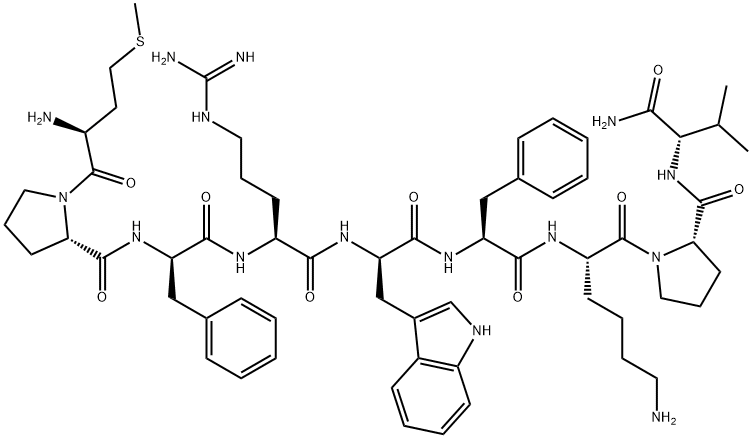
What is Nonapeptide-1?
Description
Nonapeptide-1 is a skin lightening peptide, derived from the melanocyte stimulating hormone (MSH). It prevents the activity of tyrosine in the melanocytes, melanin synthesis inhibition and helps to even out your skin tone by lessening hyper-pigmentation. This process reduces the formation of unwanted pigmentation, allowing for the control over skin tone and brown spots.
The Uses of Nonapeptide-1
A skin whitening nonapeptide. It can be applied to various kinds of whitening or spot corrective products.
Definition
Nonapeptide-1 is one skin whitening nonapeptide. It can be applied to various kinds of whitening or spot corrective products.
What are the applications of Application
skin radiance, skin Lightening-whitening, anti-dark spot
Benefits
Nonapeptide-1inhibits melanin production originally induced bya-MSH.Whitening, spot-removing as well as preventing hyperpigmentation.Its recommended dosage in skin care products is 0.5~3%.
Biological Functions
1. Inhibit melanin synthesis by interfering with the action of tyrosinase in melanocytes. Reduce hyperpigmentation and lighten darker areas that have been damaged by the sun and certain diseases.2. Interfer with melanocyte stimulating hormone (MSH). MSH increases during pregnancy, as a result of certain medical conditions (e.g. diabetes, Addison’s disease), and as a result of excessive sun exposure.3. Nonapeptide-1, at a concentration of 200 ug/mL, is capable of fully inhibiting the synthesis of melanin in fungi.4. At 100 micromolar concentration, nonapeptide-1 can inhibit 25-35% of tyrosinase activity in animal models and can reduce the melanin content of melanocytes by 27-43%
Biotechnological Applications
Nonapeptide-1 acetate salt, a peptide hormone, is a potent α-Melanocyte-stimulating hormone (α-MSH) antagonist, with an IC50 of 11 nM. Reduces synthesis of melanin and helps decrease skin pigmentation to a substantial degree[1].
Side Effects
May cause drowsiness, dizziness, hypotension, or a headache as side-effects when using Nonapeptide-1 Topical medicine. Patients not drink alcohol with medicines as alcohol intensifies drowsiness side-effects.
storage
Common storage 2-8℃, long time storage -20℃.
Properties of Nonapeptide-1
| Density | 1.38±0.1 g/cm3(Predicted) |
| solubility | soluble in water(≥0.1g/ml) |
| pka | 13.32±0.46(Predicted) |
| form | Solid |
| color | white or off-white powder |
Safety information for Nonapeptide-1
Computed Descriptors for Nonapeptide-1
| InChIKey | KNFLNGRLKALWRF-LDXSYGEZSA-N |
New Products
(S)-3-Aminobutanenitrile hydrochloride 4-Methylphenylacetic acid N-Boc-D-alaninol N-BOC-D/L-ALANINOL Tert-butyl bis(2-chloroethyl)carbamate 3-Morpholino-1-(4-nitrophenyl)-5,6-dihydropyridin- 2(1H)-one Furan-2,5-Dicarboxylic Acid Tropic acid 1-Bromo-3,5-Di-Tert-Butylbenzene S-2-CHLORO PROPIONIC ACID ETHYL ISOCYANOACETATE 2-Bromo-1,3-Bis(Dimethylamino)Trimethinium Hexafluorophosphate 4-IODO BENZOIC ACID 3-NITRO-2-METHYL ANILINE 1-(2,4-DICHLOROPHENYL) ETHANAMINE (2-Hydroxyphenyl)acetonitrile 4-Bromopyrazole 2-(Cyanocyclohexyl)acetic acid 4-methoxy-3,5-dinitropyridine 1-(4-(aminomethyl)benzyl)urea hydrochloride 2-aminopropyl benzoate hydrochloride diethyl 2-(2-((tertbutoxycarbonyl)amino) ethyl)malonate tert-butyl 4- (ureidomethyl)benzylcarbamate Ethyl-2-chloro((4-methoxyphenyl)hydrazono)acetateRelated products of tetrahydrofuran
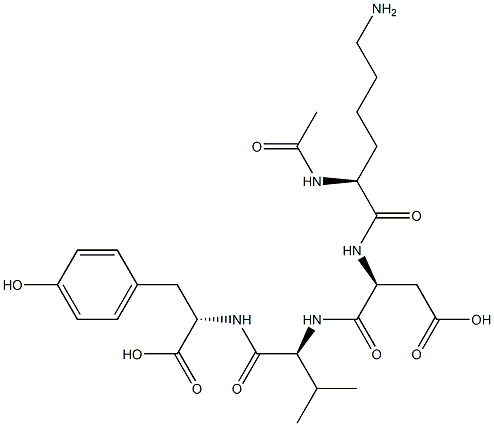
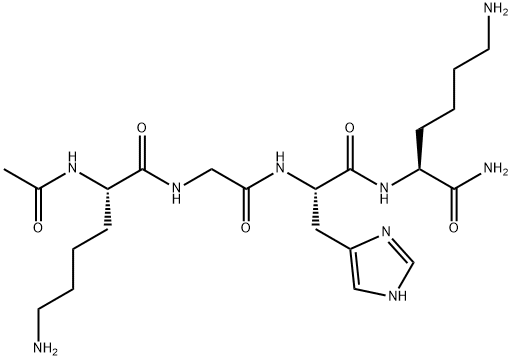



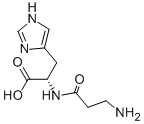
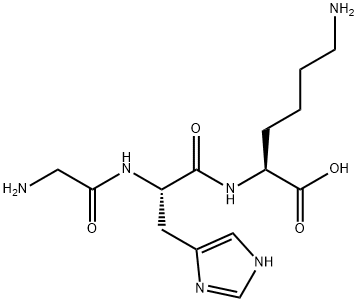
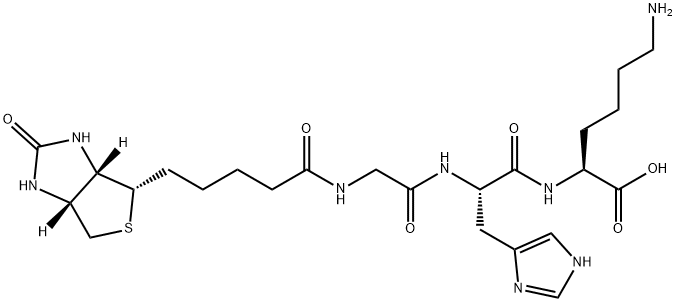
You may like
-
 2033-24-1 98%View Details
2033-24-1 98%View Details
2033-24-1 -
 42831-50-5 5-METHYLISOXAZOLE-4-CARBOXYLIC ACID 98%View Details
42831-50-5 5-METHYLISOXAZOLE-4-CARBOXYLIC ACID 98%View Details
42831-50-5 -
 1975-50-4 98%View Details
1975-50-4 98%View Details
1975-50-4 -
 2-HYDROXY BENZYL ALCOHOL 98%View Details
2-HYDROXY BENZYL ALCOHOL 98%View Details
90-01-7 -
 2-Chloro-1,3-Bis(Dimethylamino)Trimethinium Hexafluorophosphate 221615-75-4 98%View Details
2-Chloro-1,3-Bis(Dimethylamino)Trimethinium Hexafluorophosphate 221615-75-4 98%View Details
221615-75-4 -
 61397-56-6 CIS BROMO BENZOATE 98%View Details
61397-56-6 CIS BROMO BENZOATE 98%View Details
61397-56-6 -
 14714-50-2 (2-Hydroxyphenyl)acetonitrile 98+View Details
14714-50-2 (2-Hydroxyphenyl)acetonitrile 98+View Details
14714-50-2 -
 118753-70-1 98+View Details
118753-70-1 98+View Details
118753-70-1